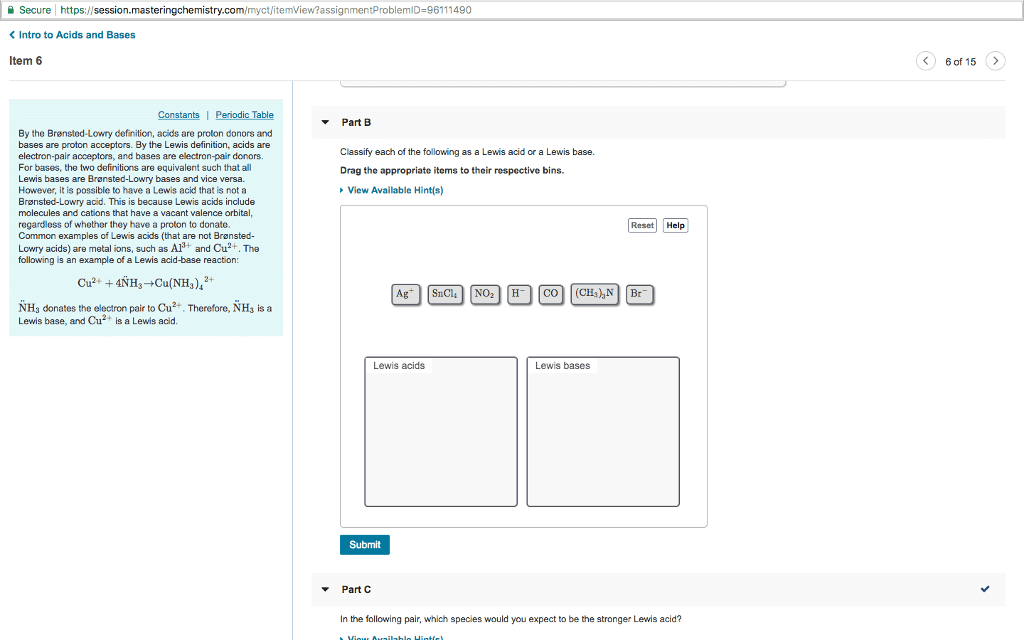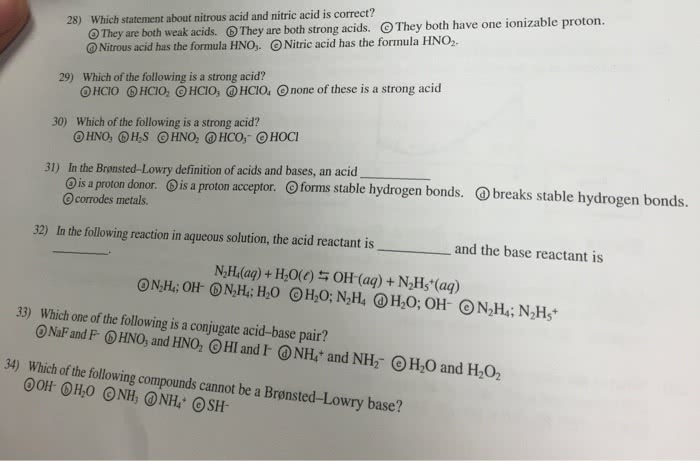CH1001 Lecture Notes - Lecture 11: Init, Conjugate Acid
Document Summary
There are numerous different definitions of what acids and bases are. The best are the arrhenius and the bronstead-lowry definitions. An acid is a chemical that can produce h+ in aqueous solution (acids are also called proton donors). Bases are substances that dissociate to give oh- in aqueous solution. Acids and bases are defined by how they react with each other. An acid-base reaction involves the transfer of a single proton from an acid one species to a base. For a proton to be measurable acidic, it must be bound to another atom via an appreciably acidic bond. Acids tend to contain protons bound to group 16 or 17 elements. Basic species require the presence of one or more lone pairs. Not all species containing lone pairs act as bases. Bases usually contain group 15 or 16 elements, the atoms of which are often deprotonated. Show as h+, hydrogen ion, same as proton.



